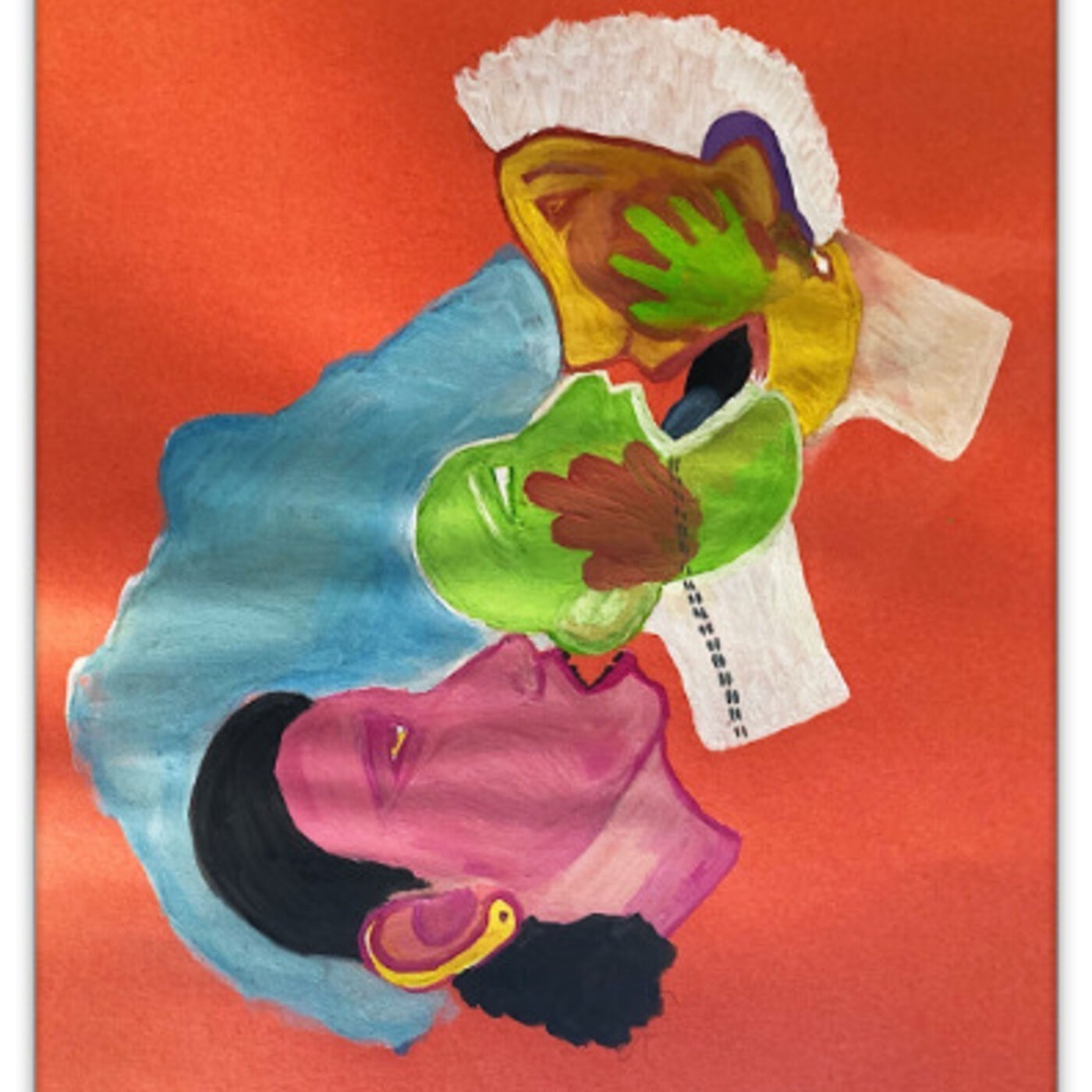- After-Shows
- Alternative
- Animals
- Animation
- Arts
- Astronomy
- Automotive
- Aviation
- Baseball
- Basketball
- Beauty
- Books
- Buddhism
- Business
- Careers
- Chemistry
- Christianity
- Climate
- Comedy
- Commentary
- Courses
- Crafts
- Cricket
- Cryptocurrency
- Culture
- Daily
- Design
- Documentary
- Drama
- Earth
- Education
- Entertainment
- Entrepreneurship
- Family
- Fantasy
- Fashion
- Fiction
- Film
- Fitness
- Food
- Football
- Games
- Garden
- Golf
- Government
- Health
- Hinduism
- History
- Hobbies
- Hockey
- Home
- How-To
- Improv
- Interviews
- Investing
- Islam
- Journals
- Judaism
- Kids
- Language
- Learning
- Leisure
- Life
- Management
- Manga
- Marketing
- Mathematics
- Medicine
- Mental
- Music
- Natural
- Nature
- News
- Non-Profit
- Nutrition
- Parenting
- Performing
- Personal
- Pets
- Philosophy
- Physics
- Places
- Politics
- Relationships
- Religion
- Reviews
- Role-Playing
- Rugby
- Running
- Science
- Self-Improvement
- Sexuality
- Soccer
- Social
- Society
- Spirituality
- Sports
- Stand-Up
- Stories
- Swimming
- TV
- Tabletop
- Technology
- Tennis
- Travel
- True Crime
- Episode-Games
- Visual
- Volleyball
- Weather
- Wilderness
- Wrestling
- Other
Episode 30 with activist and organizer অরি রায় চৌধুরী (Ari Roy Chowdhuri)
In this episode, Ari explains why she wants to make a documentary on the community in Nadia district which is located at the India-Bangladesh border. The link to the fundraiser can be found here. We also discuss the hierarchies that govern the relationship between academics-researchers and grassroots activists. Please find the transcript in English below.
RD: Today, we are joined by Ari Roy Chowdhuri (ARC) from Kalyani, Nadia, West Bengal, India. Ari is the secretary of Nadia Ranaghat Sampriti Society. This organization works for grassroots hijra, Kothi and trans people. She was also the project director of the NETREACH project undertaken by Sampriti. She has also worked with several organizations in the past such as West Bengal State AIDS Control Society and Pechhan Trust. Thank you, Ari for joining.
I know that you have started a fundraiser for a documentary. Can you tell us if this documentary is specific to the work done by Sampriti or will address broader community issues in the region?
ARC: Thank you. Firstly, this is not so much about the organization itself, but rather about the language of the community. This documentary will be based in the Nadia district. Nadia is along the border of two countries, India and Bangladesh, and it consists of a number of historical and important heritage sites. We can see the birthplace of Chaitanya Mahaprabhu, a holy site for Sanatan Dharma. Similarly, we can see the important sites of Matua Mahasabha in the Nadia district and nearby regions. Also, there is a significant number of people in Nadia from the (LGBTQ+) community.
During the year 2010, the number of people belonging to the community started to get increase and become more visible, and there was a huge lack of awareness within the community. During that period, if someone faced any problem from the police, administration or authorities, they found themselves helpless and weren’t able to do anything. People who didn’t want to indulge in or stay in certain professions didn’t have any opportunities for alternate livelihood. Then, some of us, my friends and seniors created an organization. In 2013-14, we got our registration, as it takes some time to get registered. After that, I got busy with my studies for a while. Then in 2016-2017, I created the first transgender toilet in our college. Afterwards, I realized that to work for the community, I need to work through my organization. Gradually our organization was growing, and the base of the community was getting stronger. Back then, the members of the organization asked me to take charge of it. On the other hand, I gradually started to get acquainted with people with political power and background. Today, standing in this position, starting from the COVID-19 pandemic to bringing a number of different small projects for Sampriti to helping people from the community to stand on their own feet, I gave my whole life to the queer community. I remember that during the pandemic, our organization worked in all the districts in West Bengal, starting from Uttar Dinajpur in North Bengal, Murshidabad on this side, Hooghly, North 24 Parganas, and the whole of Nadia district. People from the community in our district have received food and rations at every moment, that’s our achievement, through the help of crowdfunding. But sadly, to this day, no one has ever come to see and hear the voices of our community.
There is a history behind my decision to make the documentary. What’s the history? We can see day by day, there’s an effect coming upon the cholla occupation. It can also be seen in badhai occupation, where kothis and hijras dance with the baby. But how will Kothis and Hijras will get their bread?! If you can’t provide food for someone

